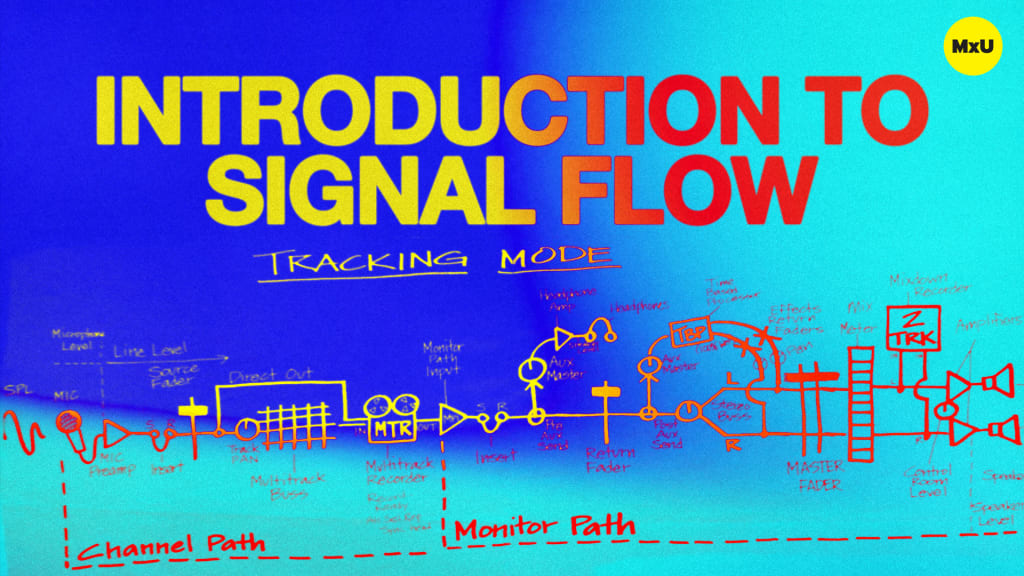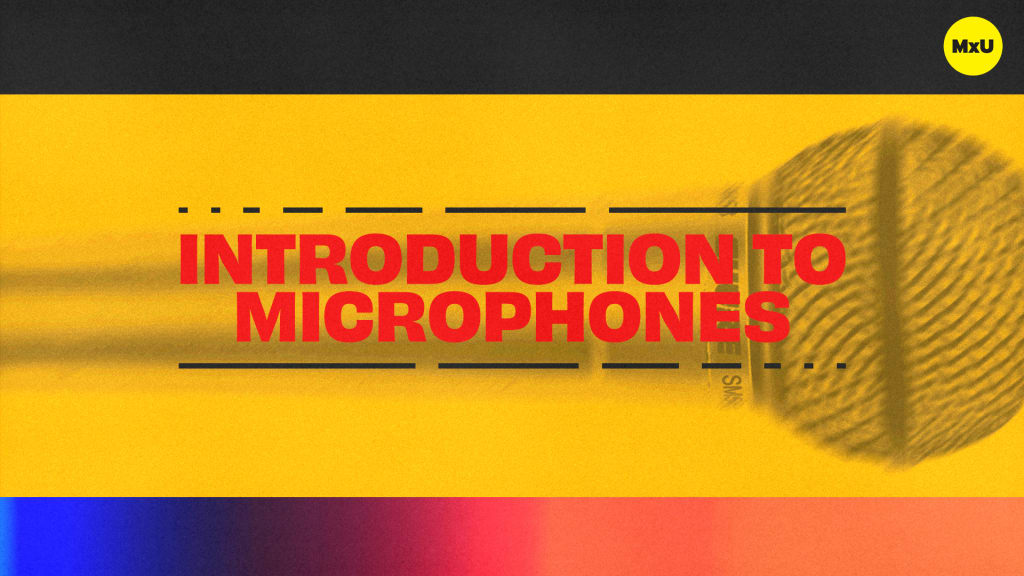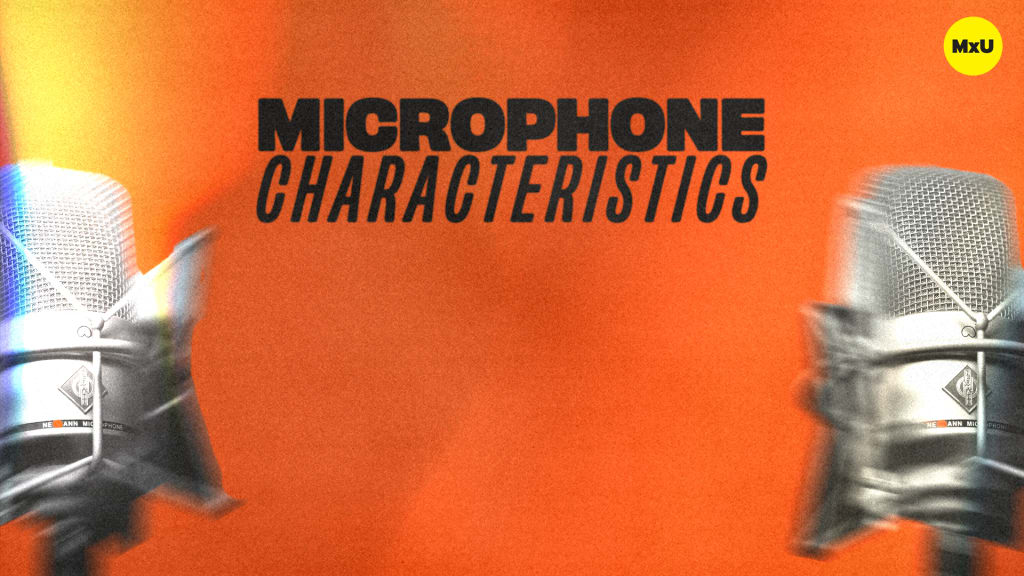The Three Main Types of Microphones
No actions available
Key points
- A mic is a transducer, converting acoustic energy into electric energy
- The vibration of a mic’s diaphragm is what creates the electrical signal, like our eardrums do
- Mics aren’t one-size-fits-all
- Each type of mic has its own unique application and diaphragm behavior
Types of microphones
Dynamic
- They use electromagnetic induction. The motion of the diaphragm alone is enough to create the electrical signal.
- Used in live environments more than other types because of their generally rugged construction and acceptance of high SPLs
- Response can tend to feel “slower” than that of condenser mics
Condenser
- They use electrostatic induction, requiring power to charge the diaphragm. That’s why you see 48v phantom power as a common requirement for condensers.
- Can capture a “more natural” sound because of this alternate electrical construction
- Can often give a sense of more clarity or top-end “sparkle”
Ribbon
- They use electromagnetic induction like dynamic mics
- Have slowest response out of the three types
- Can have a “softening” effect on brighter instruments like cymbals, horns, and guitar cabinets
- Don’t send phantom power to ribbon mics. You’ll be buying a new one!
Categories
Audio
101
Team Videos
Premium Videos
Nothing added









